Feed Compass: Taking Stock on the Path to a Better Feed System
For over a year I’ve been deep in the world of animal feed, working with companies in the food and feed industry and colleagues here at Forum for the Future. In the Feed Compass project, we’ve been exploring the impacts of the animal feed system – and the strategies to make it more sustainable. It’s been a fascinating journey of discovery, surprise and complexity.
It’s time to take stock, share some of the learnings and potential pathways that can help shape a healthier, more sustainable animal feed system. This is why I am sharing this three part blog series. The Feed Compass is a collaboration, so we are also inviting more organisations to get in touch to share their actions on feed sustainability and to join us in driving a more sustainable feed system.
Part I: Why Pay Attention to Animal Feed?
How we feed and manage livestock matters. It matters because it relates to how we manage about half of the agricultural land on our planet, 80 percent of which is grasslands. It matters because, in Europe alone, over 8 billion animals are raised annually – that’s more than there are humans on the planet.
Despite the media stories highlighting the growing interest in vegetarianism and veganism, meat production and consumption is set to continue increasing. Globally, we raise about 70 billion terrestrial animals per year, of which 50 billion are chickens. The phenomenal growth in chicken is notable, as is the increased appetite for pork in China and expansion of aquaculture across Asia. Figures 1-4 highlight some of these trends. Getting to grips with data such as this helps identify where focus is needed, shining a light on the scale of the system and the shifting consumption patterns in different geographies.
Over recent decades, as farming systems have expanded and intensified, the world’s biodiversity has plunged. Global populations of fish, birds, mammals, and other vertebrates declined a staggering 58 percent between 1970 and 2012. The decline of insects is of particular grave concern. Recent research shows 40 percent of insect species are undergoing dramatic rates of decline. More than ever, land use needs to support biodiversity and increase carbon storage; livestock and feed production systems that support this goal must be prioritised.
[[{“fid”:”9417″,”view_mode”:”default”,”fields”:{“format”:”default”,”alignment”:””,”field_file_image_alt_text[und][0][value]”:false,”field_file_image_title_text[und][0][value]”:false},”type”:”media”,”field_deltas”:{“1”:{“format”:”default”,”alignment”:””,”field_file_image_alt_text[und][0][value]”:false,”field_file_image_title_text[und][0][value]”:false}},”attributes”:{“style”:”height: 450px; width: 800px;”,”class”:”media-element file-default”,”data-delta”:”1″}}]]
[[{“fid”:”9418″,”view_mode”:”default”,”fields”:{“format”:”default”,”alignment”:””,”field_file_image_alt_text[und][0][value]”:false,”field_file_image_title_text[und][0][value]”:false},”type”:”media”,”field_deltas”:{“2”:{“format”:”default”,”alignment”:””,”field_file_image_alt_text[und][0][value]”:false,”field_file_image_title_text[und][0][value]”:false}},”attributes”:{“style”:”height: 312px; width: 800px;”,”class”:”media-element file-default”,”data-delta”:”2″}}]]
Figure 1-4. Various charts highlighting the global growth of animal protein
a. Why feed requires special attention
As a company or policy maker looking to increase the sustainability of the livestock sector, feed should be a top priority. It requires special attention for multiple reasons.
Feed nutrition has an important bearing on animal health and welfare, together with the quality of the end product. Feed is also a major cost in livestock production. For example, in pigs and poultry, feed typically represents about 50-60 percent of the total production costs. Finally, when examining the overall impacts of livestock production, feed is the component that contributes to the majority of land-use, freshwater consumption, chemical inputs and about half of the greenhouse gas emissions. This was highlighted in our Feed Behind our Food report in 2018 that helped build the case for retailers and foodservice to act.
Some have estimated that meeting future demands for animal protein with current feed sources could require 280 million hectares of additional land by 2030. To put that in perspective, that’s an area the combined size of Germany, Poland, UK, Ireland, France, Italy, Spain, Portugal, Belgium, the Netherlands, Switzerland, Austria, Czech Republic and Slovakia.
This land, if it were available, would also be in high competition for other uses, such as direct-food for humans, preserving or increasing wildlife, biomass production, carbon sequestration or water quality management.
In our seas, the future is also challenging. Today, nearly 85 percent of global fish stocks are either exploited or depleted – which itself contributes to climate change. Approximately 22 percent of wild fish capture goes towards animal feed, part of which is aquaculture, as well as poultry and pet food.
[[{“fid”:”9420″,”view_mode”:”default”,”fields”:{“format”:”default”,”alignment”:””,”field_file_image_alt_text[und][0][value]”:false,”field_file_image_title_text[und][0][value]”:false},”type”:”media”,”field_deltas”:{“3”:{“format”:”default”,”alignment”:””,”field_file_image_alt_text[und][0][value]”:false,”field_file_image_title_text[und][0][value]”:false}},”attributes”:{“style”:”height: 137px; width: 800px;”,”class”:”media-element file-default”,”data-delta”:”3″}}]]
Figure 5. Various feed impacts taken from The Feed Behind our Food report.
Despite the vast ecological footprint of animal feed, companies receive limited public pressure to take action on it. Most action that is relevant to feed, is around deforestation and the use of soy in the supply chain. This will be covered further in Part II of this blog.
b. Understanding future demands for feed
Over recent years, there’s been a surge of interest in eating less meat, particularly in Europe and the USA. The rationales for this trend differ but generally include animal welfare concerns, healthy eating and environmental concerns. Many food companies are responding by launching new plant-based product lines and menus.
Despite this trend, animal protein consumption is continuing to rise, albeit more slowly, and so the demand for feed continues to grow. Figure 6 shows that in 2018, an estimated 44 percent of global compound feed (non-foraged) went to poultry and 28 percent to pork. This highlights where some of the action to improve compound feed sustainability should focus.
[[{“fid”:”9421″,”view_mode”:”default”,”fields”:{“format”:”default”,”alignment”:””,”field_file_image_alt_text[und][0][value]”:”Estimated global compound feed production”,”field_file_image_title_text[und][0][value]”:false},”type”:”media”,”field_deltas”:{“6”:{“format”:”default”,”alignment”:””,”field_file_image_alt_text[und][0][value]”:”Estimated global compound feed production”,”field_file_image_title_text[und][0][value]”:false}},”attributes”:{“alt”:”Estimated global compound feed production”,”style”:”height: 506px; width: 900px;”,”class”:”media-element file-default”,”data-delta”:”6″}}]]
Figure 6. Breakdown of end-markets for compound feed production (non-foraged feed).
While the future is difficult to predict, major disruption is inevitable. With climate change and soil erosion, biodiversity loss and resource pressures, there’s a fragility in the food system that demands urgent attention. Responding to these pressures and public health challenges, the recent Eat-Lancet Commission on Food, Planet, Health made a case for substantial shifts in global eating habits towards diets rich in plant-based foods and fewer animal sourced foods. This comes off the back of countless other reports pointing in the same direction.
Figure 4 shows how the world population interacts with meat production with some future scenarios. However to understand the future demand scenarios for animal feed, it’s necessary to get species-specific. With some dedicated resources, this would be possible to model.
[[{“fid”:”9422″,”view_mode”:”default”,”fields”:{“format”:”default”,”alignment”:””,”field_file_image_alt_text[und][0][value]”:”World Meat Production Graph”,”field_file_image_title_text[und][0][value]”:false},”type”:”media”,”field_deltas”:{“12”:{“format”:”default”,”alignment”:””,”field_file_image_alt_text[und][0][value]”:”World Meat Production Graph”,”field_file_image_title_text[und][0][value]”:false}},”attributes”:{“alt”:”World Meat Production Graph”,”class”:”media-element file-default”,”data-delta”:”12″}}]]
Figure 7: The interaction between world population and meat production, showing some future scenarios.
c. Future directions for feed sustainability
Our work has identified three broad areas of focus for feed sustainability. Summarised below and in Figure 8:
1. Reduced demand for feed: by optimising animal feeding regimes and a shift in human diets towards “less and better” animal protein. Crucial to this shift is healthier human diets that include diverse plant-protein sources, grown in more regenerative or agroecological farming systems.
2. Scale-up of novel feed ingredients: that deliver improvements in land-use and greenhouse gas emissions. Such ingredients may include single cell proteins, algaes, insects and amino acids.
3. Improved sustainability of existing feedstocks: for example, deforestation-free ingredients, supply chains with improved transparency and traceability, feedstocks grown within more regenerative agricultural systems, feed ingredients that increase the feed-to-food conversion efficiency.
[[{“fid”:”9423″,”view_mode”:”default”,”fields”:{“format”:”default”,”alignment”:””,”field_file_image_alt_text[und][0][value]”:”Animal Feed System Goals”,”field_file_image_title_text[und][0][value]”:false},”type”:”media”,”field_deltas”:{“13”:{“format”:”default”,”alignment”:””,”field_file_image_alt_text[und][0][value]”:”Animal Feed System Goals”,”field_file_image_title_text[und][0][value]”:false}},”attributes”:{“alt”:”Animal Feed System Goals”,”style”:”height: 506px; width: 900px;”,”class”:”media-element file-default”,”data-delta”:”13″}}]]
Figure 8. The key areas of action on animal feed sustainability.
When exploring interventions and the direction of travel for feed sustainability, the discussion is complicated because of the vast differences across species and production systems. For a breakdown of the different opportunities and barriers for monogastic (poultry, pigs, fish) and ruminant species follow this link.
d. From diagnosis to action
What’s clear is that there’s huge scope for a feed system to support a healthier, more sustainable food system. Our Feed Compass project is helping raise the importance of animal feed as a major sustainability challenge, where immediate action and investment is required. While we don’t have all the answers, there is a clear sense of direction emerging and scale of change that’s becoming clear. Through our work, we aim to help inform and shape pragmatic, intelligent responses to shape the feed system.
It’s also clear that delivering action on feed sustainability is impossible without a broader dialogue about how we provide nine billion people with enough protein in a way that is healthy, affordable and good for the planet. This is the central question of our broader Protein Challenge 2040 project.
Now you’ve got the context on why this issue is pivotal to the future of agriculture, read Part II: Current Action on Feed Sustainability.
Any questions? Is your business interested in joining the Feed Compass?

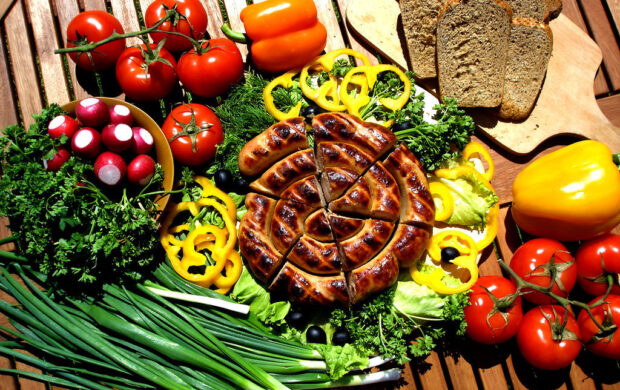
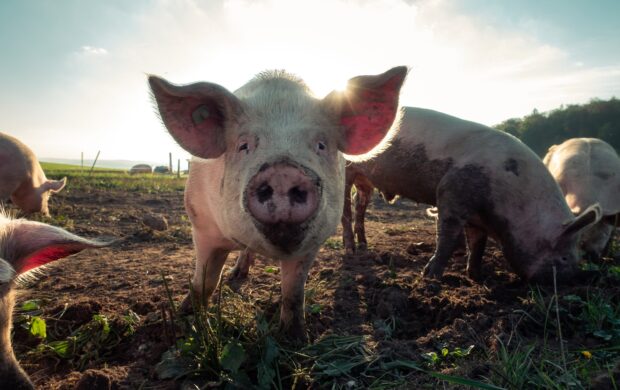
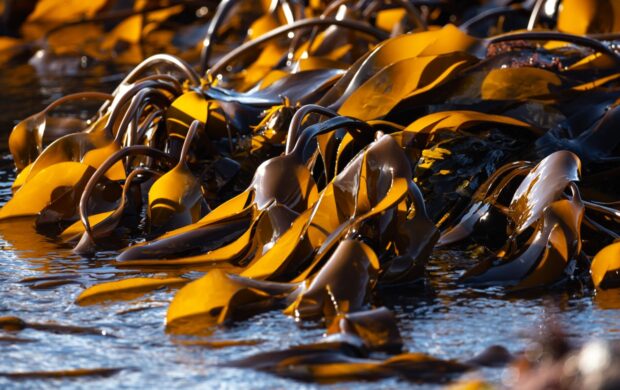
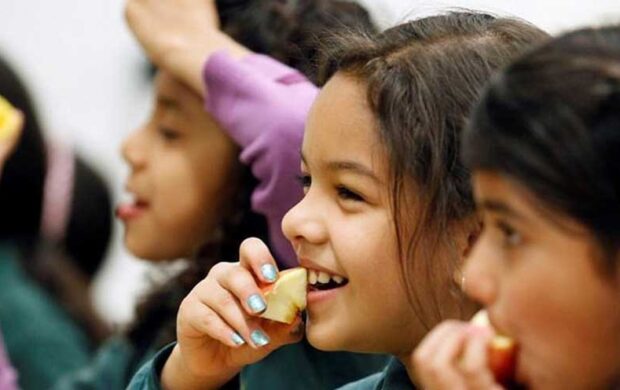

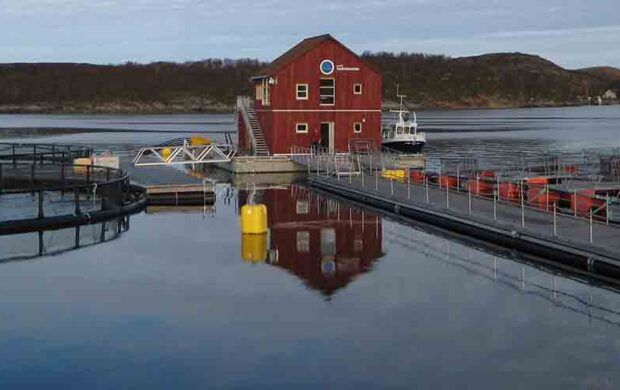
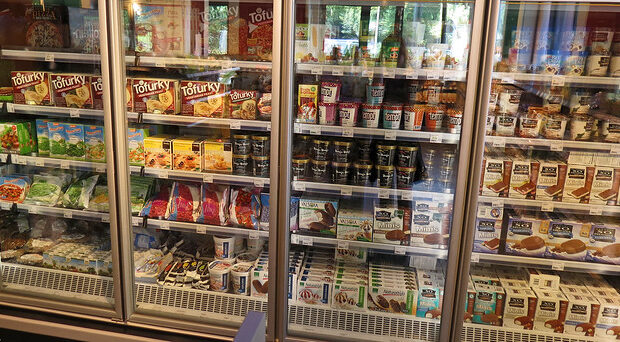

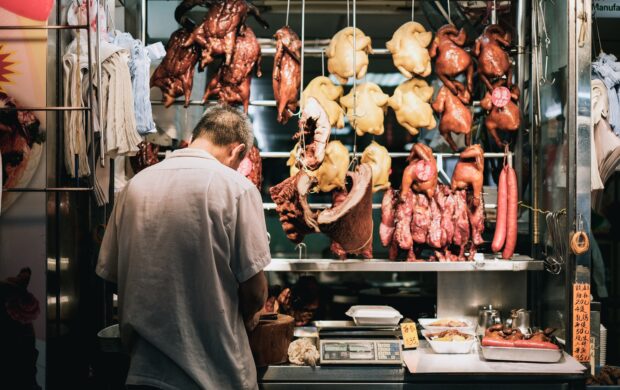

Join discussion